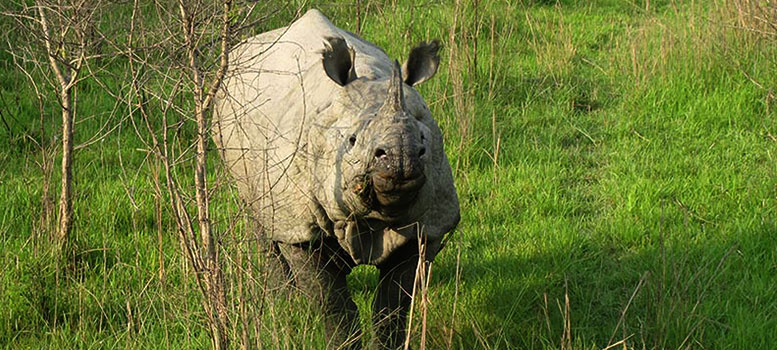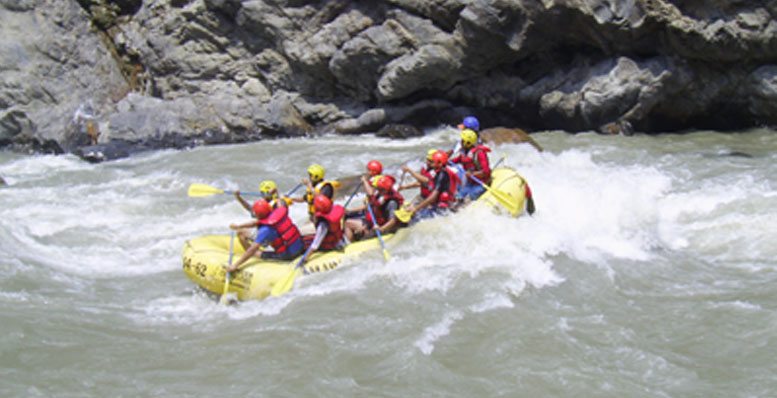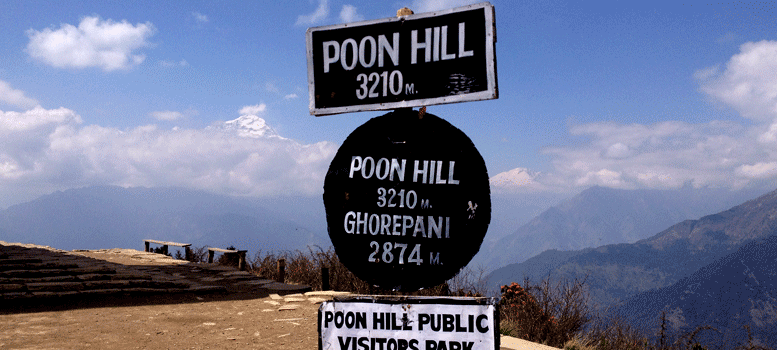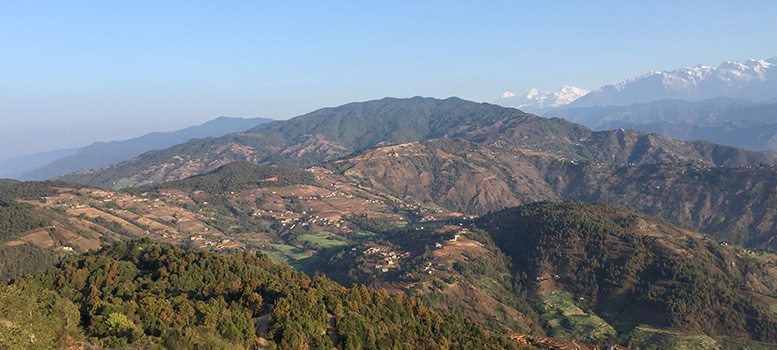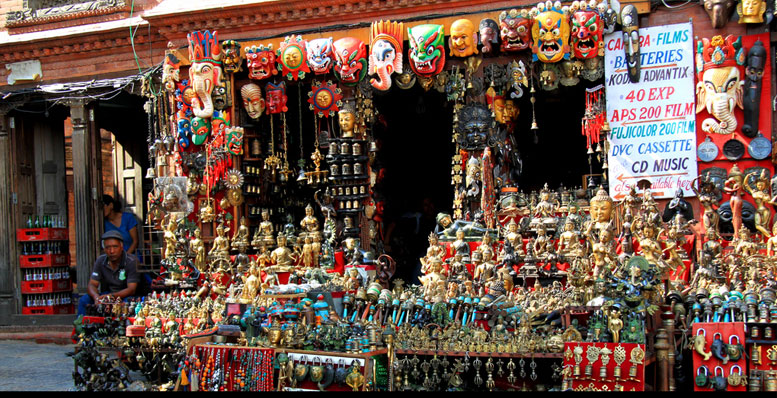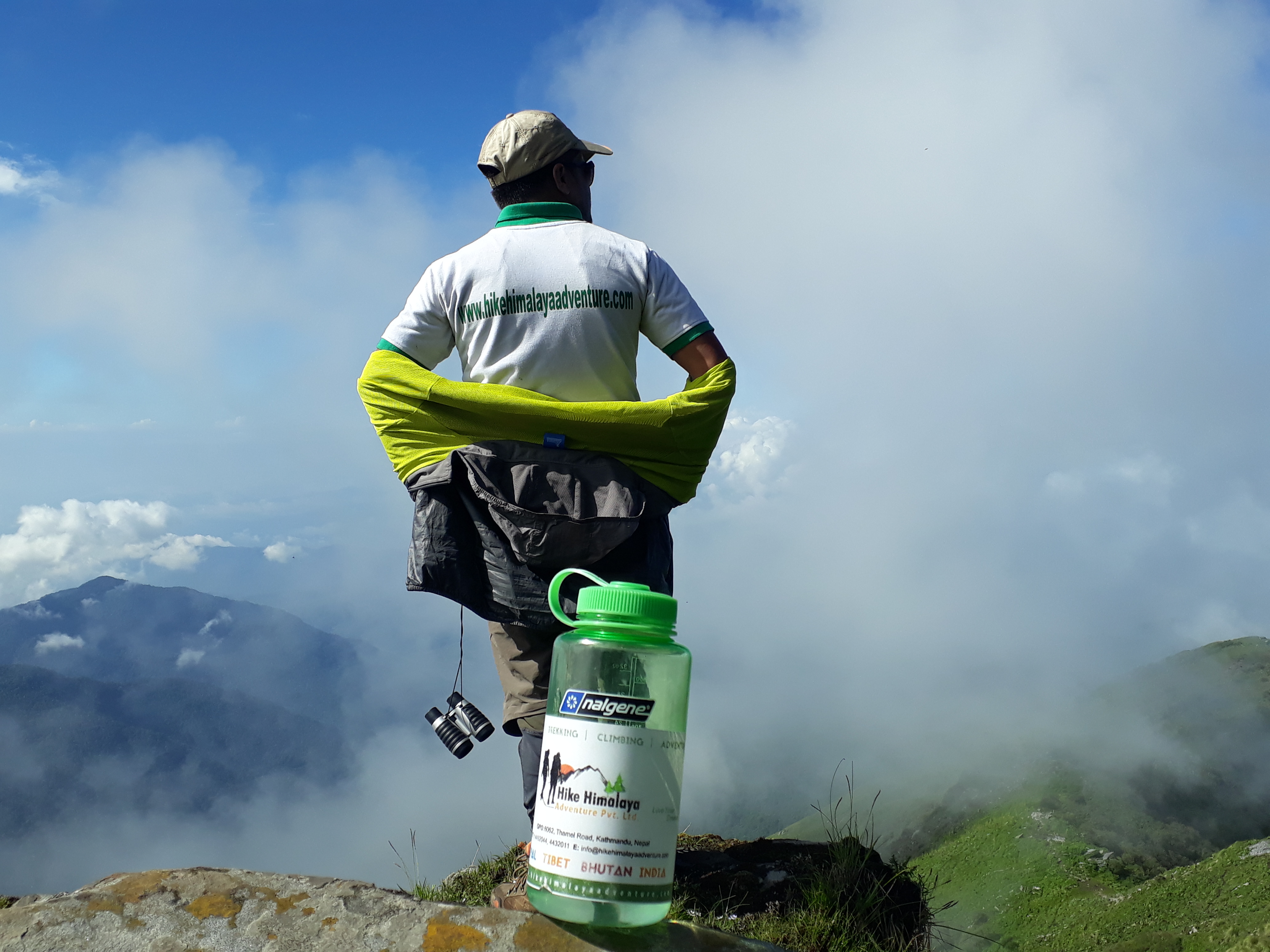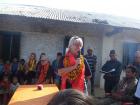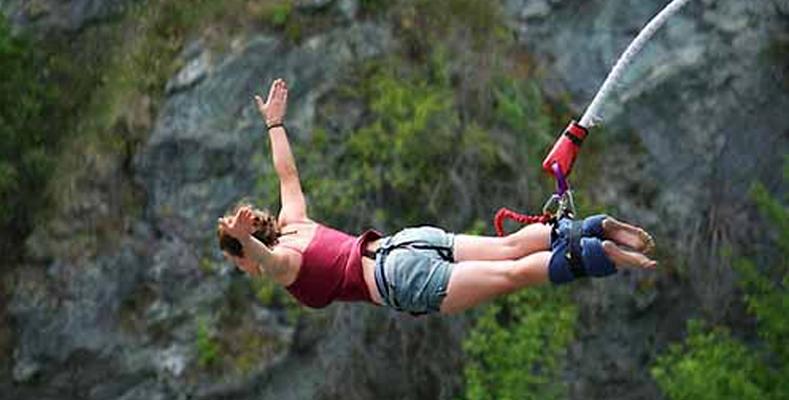Langtang Gosainkunda and Helambu Trek 19 days
Trip Facts
TRIP Highlights
- A great start from sightseeing in Kathmandu by our highly professional tour guide
- A complete scenic drive from Kathmandu to Syabru-besi-Kathmandu; a local-like experience
- Exploring a brand new destination of Nepal and supporting the folks
- Amazing cultural and traditional know-how of the Tamang people
- Exploring some of the culturally rich local villages and the local life
- Great walking through several villages, terraces and rivers
- Great views of Langtang range and Ganesh Himal from different angels
- A truly admirable and lifetime experience at the end
Trip Map
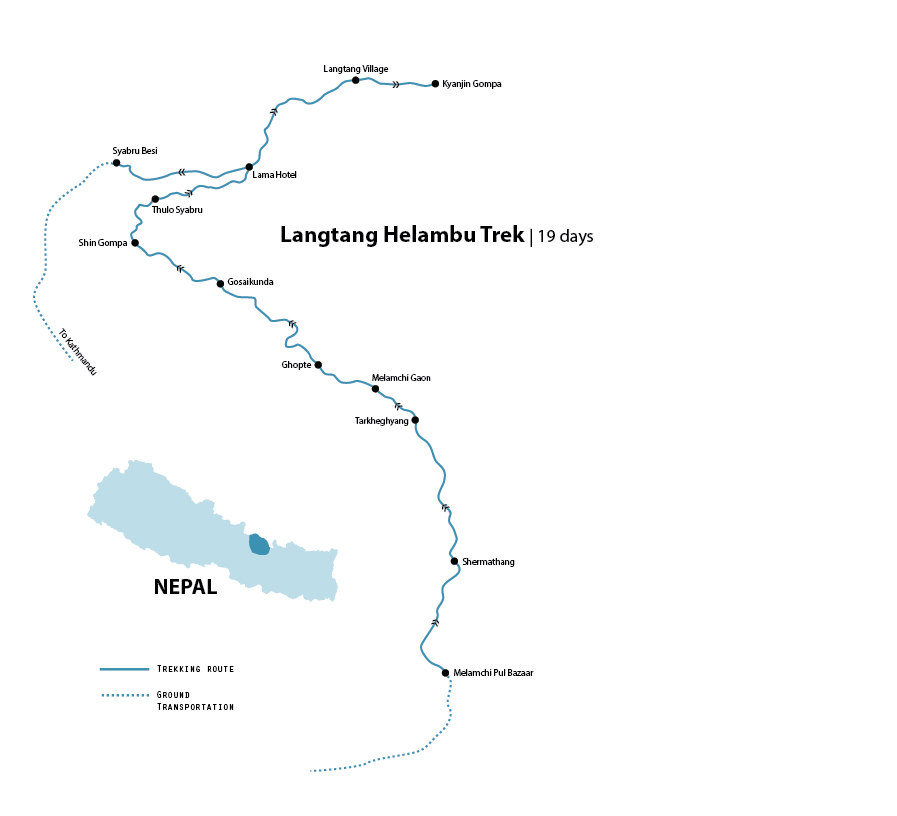
Related Trips
» Everest Base Camp Trekking » Annapurna Base Camp Trekking » Annapurna Circuit Trek » Pokhara to Jomsom-Muktinath Trek » Gokyo to Everest Base Camp Trek » Jiri to Everest Base Camp » Everest Panorama Trekking » Royal Trekking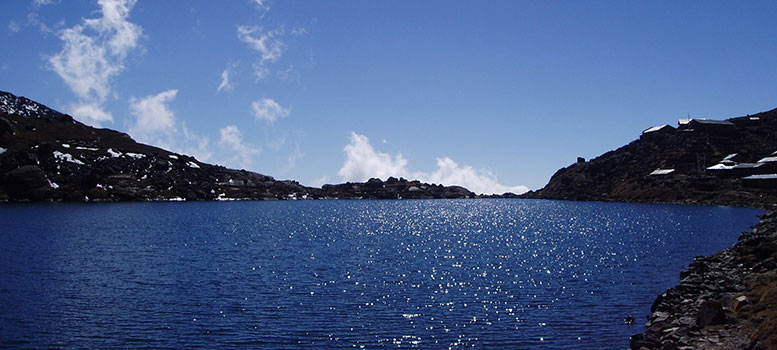
Trip Overview
A narrow valley that lies in the south of the Tibetan border, Langtang is sandwiched between the Himalayan range to the north and a slightly lower range of peaks to the south. It is among the quietest of the main trekking regions in Nepal and among the favourite among the guides and not to mention the trekkers. The trail leads you through a glimpse of rural lifestyle of Nepal along with close up views of mountains that captivates anyone into its tranquillity. Apart from its natural possessions, Langtang-Helambu trek is filled with views of the diverse cultural background of Nepal. En route trekkers get a chance to witness a major cultural pilgrimage, the Gosaikunda, where thousands of visitors, national and international, come every year attracted by the natural beauty and the cultural diversity it holds. Among the most exciting are the Gosaikunda Lakes that are believed to be created by the Hindu god “Shiva”, the god of the gods.
Beginning from Syabrubesi, the journey starts with a hike through the Tamang country across different landscapes. One can get a chance to trail tight river valley across narrow ridges, an open glacial valley that makes you dizzy, besides towering peaks of rocks and snow, and around many lakes that are believed to quench the thirst of Lord Shiva himself. The trek then advances to Kyanjin Gompa where one can view green pastures and yak grazing, a true taste of the Himalayas. From Kyanjin Gompa the scene gets even better as you walk mostly uphill before you come across the Gosainkunda lakes. After the tiring uphill, the challenging train brings you to the grand Langtang valley which is surrounded by the Himalayas, including Langtang Lirung and the Ganesh Himal. The trek then follows to the sacred lakes of Gosaikunda. From Gosainkunda you’ll follow a trail that passes through forests, suspension bridges and several peaceful villages as you walk right across Helambu. Among these villages, Tarke Gyang and Sermathang have some very interesting Gompas (monasteries). One can be astonished by the grand sight of the sun setting from Sermathang which is surely an extraordinary site to watch. Then a climb through the Gosainkunda pass into the Valley of Helambu brings you to Kathmandu valley, the capital city of Nepal, which is not far from the final stop and thus one can enjoy contrasting landscapes in just a day.
- Short Itinerary
- Trip Details
- Dates & Price
- Extend your Trip
Day 1: Arrival in Kathmandu
On your arrival at the Tribhuwan International Airport in Kathmandu, our airport representatives will warmly greet you, after which you will be transferred to the hotel on a private tourist vehicle.
Day 2: Trip meeting followed by valley sightseeing
Early next morning following a hearty breakfast, Hike Himalaya Adventures will host a pre-trip meeting at the hotel you’re staying. During this meeting, we introduce your trip guide, and we’ll be happy to answer any question you may have. We provide you with important information about the trip, so do feel free to take notes if you want to. Also, please kindly bring three passport-size photos, passport and travel insurance policy. Legal formalities, including liability waiver, will be taken care of in this meeting.
Once the meeting concludes, we begin our sightseeing of the valley for which a private vehicle along with a professional guide will be provided. The valley is dotted with fantastic cultural heritages, some of which are UNESCO World Heritage Sites, which we’ll visit. These include Boudhanath Stupa (the largest Buddhist shrines in the world), Pashupatinath (the holiest Hindu temple in the world), Durbar Squares (Palaces and fortresses of medieval Kings), along with other popular cultural attractions. The lifestyle of the Nepalese people, holy sadhus and monks, the fascinating history and the awe-inspiring architecture will be the highlight of this day-long sightseeing trip.
Day 3: Drive from Kathmandu to Syabru Besi.
After a filling breakfast in the morning, you will be picked up by our staff from your hotel and transferred out of Kathmandu towards Syabru Besi. The drive is very enjoyable as you’ll be able to view mountains and local lifestyle as well as terraced farming and ancient villages. Passing Trishuli Bazaar and Dunche, we drive till Syabru Besi, the starting point of the trek.
Day 4: Trek from Syabru Besi to Lama Hotel
We start our trekking on this day as we traverse Bhote Koshi, passing through Bamboo village which lies along the banks of Langtang River. This stretch of the trek is very engaging and exhilarating as the terrain is rugged and challenging, with a chance to see animals like red pandas and monkeys in the wilderness.
Day 5: Trek from Lama Hotel to Langtang Village
A hearty breakfast followed by a trek through the trails that continue along Ghoda Tabela, then through dense forests, some ascents and some descents, passing water chortens and water mills, we reach the Langtang Village. The trail mostly climbs on this day so prepare for some challenge, well rewarded by a pleasant time in the village.
Day 6: Trek from Langtang Village to Kyanjin Gompa
As we leave Langtang Village, we trek by yak pastures as well as humongous wall inscriptions of prayer, festooned with prayer flags. On the way to Kyanjin Gompa, we cross several wooden bridges to reach Kyanjin Gompa, which is surrounded by mountains on all sides. The trek is relatively shorter on this day so you have a plenty of time to explore the region, enjoying the views of the mountains, observing the glaciers and icefalls and watching the rare birds and yaks.
Day 7: Kyanjin Gompa exploration
We rest today at Kyanjin Gompa to explore the area. There is a famous monastery you don’t want to miss and an old cheese factory as well. The glaciers of Langtang Lirung in addition to a hike to Kyanjin Ri makes for fantastic activities during the day. In fact, Kyanjin Ri, at 4,350m, would be the highest point of the trek and it gives you a stunning panoramic view of the Langtang range.
Day 8: Trek from Kyanjin Gompa to Lama Hotel
The trek from Kyanjin Gompa to Lama Hotel is mostly a descent. The 5-hour walk takes us through forests following the river beneath. We pass through native villages of the Tamang tribe, who practice ancient lifestyle, which we get to observe and learn about. The culture on this part is very much similar to that of the Tibetans.
Day 9: Trek from Lama Hotel to Thulo Syabru
We traverse step climbs as we head out of Lama Hotel towards Thulo Syabru. Wonderful species of animals and birds can be observed along the way if one is lucky enough. These include red pandas, rare species of monkeys and birds. Besides the flora and fauna, the fantastic views of the mountains adorned by the trek this day will reward your hard work.
Day 10: Trek from Thulo Syabru to Singompa
We gain more altitude today as we pass several villages along the way to Singompa. Needless to say, the glimpses of majestic mountains are now more imposing than ever and you can with awe marvel on the grandeur of Langtang and Ganesh Ranges. When you reach Singompa, don’t forget to try the locally manufactured cheese, which is popular throughout the country.
Day 11: Trek from Singompa to Gosaikunda
The ascend to Laurebinayak followed by the last stretch to Gosaikunda through exhilarating tracks bring us face to face with the panoramic views of the Himalayas. Crossing small settlements en route, we reach the Gosaikunda, which has a dozen or so lakes. Hindu legend has it that Lord Shiva created Gosaikunda to neutralize the poison that threatened to bring the world to an end.
Day 12: Trek from Gosaikunda to Ghopte, via Laurebinayak Pass
After spending some time admiring the lakes and its holy vibes, we set of to Ghopte. We will also attain the highest altitude of this trek at a pass that stands at 4,610m above sea level. Ghopte is at a lower altitude, so expect some steep drops.
Day 13: Trek from Ghopte to Melamche Gaon, via Tharepati Pass
We trek through some slight climbs and drops through gorgeous forests. The settlements are remote, which you can observe from the traditionally built mud houses and basic lifestyle as well. We can also visit monasteries that dot the region. Amidst breathtaking forests, Melamchi Gaon is rich in culture and tradition, inhabited mainly by the folks of the legendary Sherpa tribe.
Day 14: Trek from Melamche Gaon to Tarkheghyang
Having explored Melamche Gaon, we descend some more until we reach Melamche River, passing through native villages en route. Upon reaching Tarkheghyang, don’t forget to explore old and ancient monasteries, maintained with pride by local Sherpas.
Day 15: Trek from Tarkheghyang to Shermathang
The relatively flat trails today make trekking very pleasant and effortless. We cross several brooks along the way and walk through pristine forests. Like Tarkheghyang, this too is a Sherpa village and has numerous monasteries that you can visit.
Day 16: Trek from Shermanthang to Melamche Pul Bazaar
Descending further, we reach Melamche Pul Bazaar, situated just north from the Kathmandu valley. The trails bring you to many villages, which have unique and fascinating cultures. Season permitting, we could participate in some of their cultural ceremonies. We get to exchange our cultural information and smiles with locals.
Day 17: Drive from Melamche Pul Bazaar to Kathmandu
On our last day of trek, dirt roads lead us from Melamche Pul Bazaar to Kathmandu, our final destination. The rapid change in the culture and lifestyle from what we observed during our trek will be prominent.
Day 18: Leisure day and farewell dinner in Kathmandu
This day is free for rest and relaxation, spending some reflecting on the trek. Leisure activities like souvenir shopping, spa and more exploration of the city are definite options. You may also wish to extend your trip to include bungee jumping, rafting, Everest mountain flight and so forth. Later in the evening, you will be invited for a farewell dinner at a typical Nepalese restaurant, which will host cultural shows.
Day 19: Departure from Kathmandu
This is the last day of the trip. You will be transferred to the airport and we wish you safe journey back home.
| Start Dates | End Dates | Price in US Dollar | Availability | ||
Price Includes
Price Excludes
- • Lunch and dinner in the cities
- • Visa to Nepal
- • Travel insurance which covers emergency Rescue and Evacuation
- • International flight fare and airport departure tax
- • Any alcoholic and bottled drinks
- • Personal trekking Equipment and clothing
- • Tips for the staffs(It’s a small way to appreciate our hardworking staffs at the end)
- • Any others expenses which are not mentioned on Price Includes section
Extend your Trip
Chitwan Jungle Safari - 2 nights / 3 days.
Nepal provides shelter to over 30 species of large wild animals and approximately 180 species of mammals. The rhinoceros, tiger, crocodile, snow leopard, red panda
Rafting Kayaking - 1 to 3 days
Nepal is home to eight out of the fourteen highest peaks in the world with colorful and intricate Hindu religion to the austerity of the Buddhist monasteries. From these breathtaking heights, rivers crash down through the foothills, fed by monsoon rains and melting snow, on their way to the Great Plains of the Ganges.
Poon Hill & Ghorepani Trek - 11 Days
A short and easy trek of just 4 to 5 days Ghorepani Poon hill trek is something everyone should try once. A short drive from Pokhara to Nayapul and we get to see the incredible Mt. fishtail (6997m/22,956ft), Annapurna 1st.
Chisapani Nagarkot Dhulikhel Trek - 5 Days
The Kathmandu valley is surrounded by a tier of Green Mountain walls above which tower the mighty snow capped peaks. A full picturesque view of the valley is received by only a trek. The route is comfortable, full of green fields and settlements.
One Day Shopping tour - Full/Half Day
Nepal has an abundance of specialty stores, selling almost everything and anything imaginable. Customers are taken to the doorsteps of the best quality bargains available in Nepal.
Mountain Flight - 1 Hour
Early in the morning you will be transferred to the airport for Everest mountain flight. In the one-hour flight, you will be able to admire the Himalayas at its best up close. These are the highest points of Earth so make sure you take plenty of pictures!
Mardi Himal Trekking - 9 Days
Though this trek route is not explored as much the other trails in Annapurna region, this trail is equally amazing as the rest of the others. A long rising ridge and its summit that from the southwesterly lower slope of Mount Machhapuchhare is known as the Mardi Himal.
Young@Heart Adventures Tour - 12 days
Young @Heart Adventure Tour package is specially designed for the more mature guests or the young at heart. Your Senior Adventure Tour will involve arriving a bucket list of items in Nepal and you get to go as fast or as steady as you wish.
Bungee Jumping in Nepal - One Day.
If you are seeking for an exotic adventure sports in Nepal, or you have a deep passion to experience a challenging adventure in a short time, then Bungee Jauping will be one of your best selections. Nepal´s first bungee jumping site is situated 160m over the wild Bhote Kosi River.

